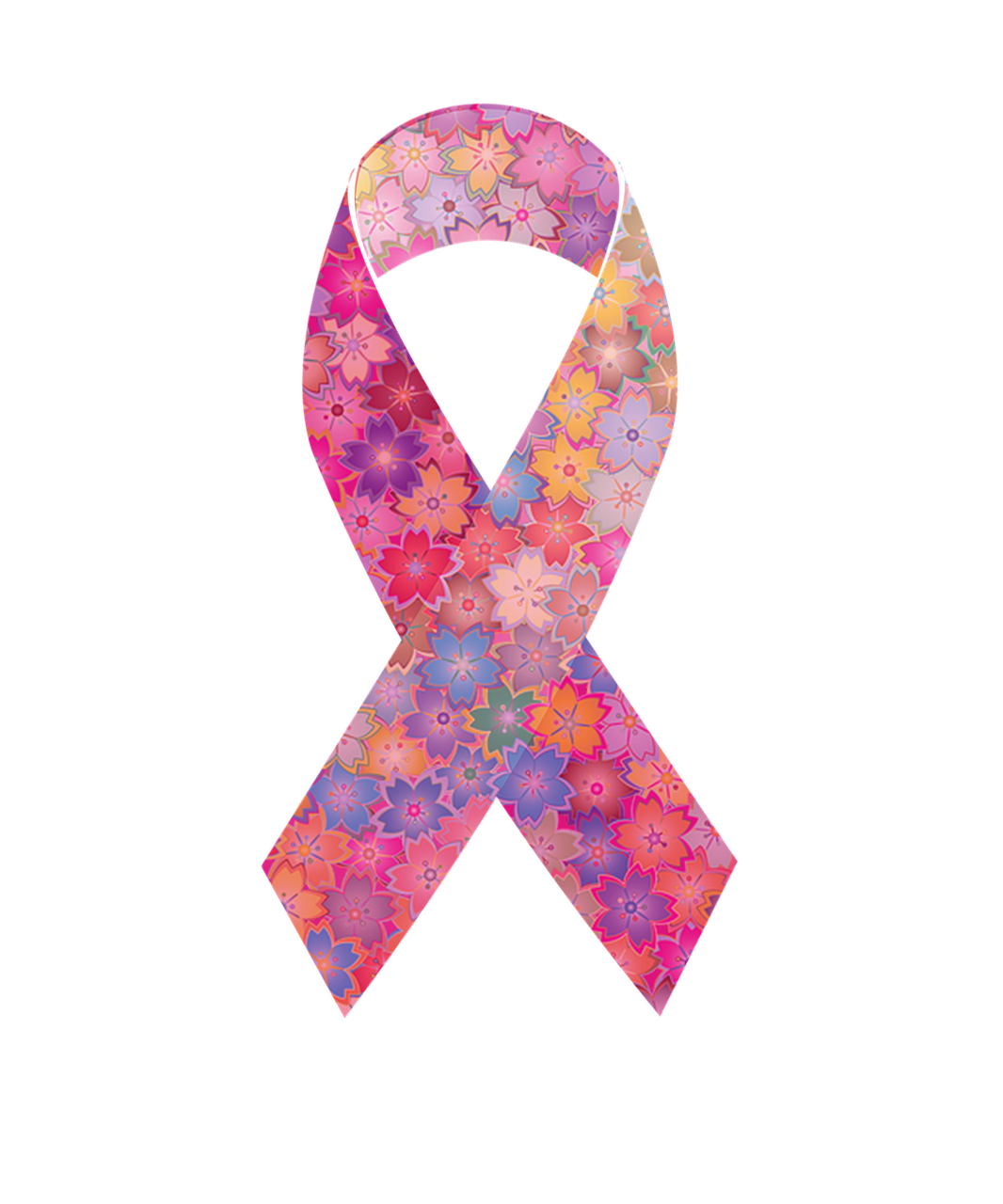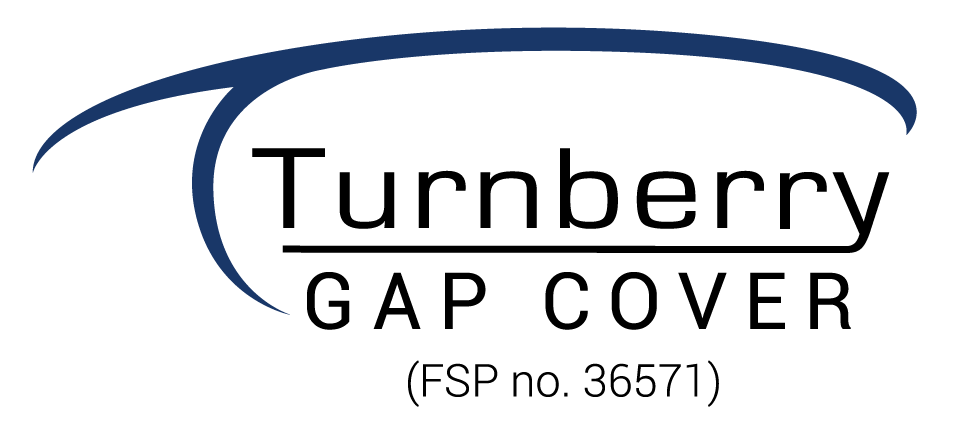 Breast cancer affects women of all ages and all races. In fact, according to the 2014 National Cancer Registry (NCR), it is the second most common cancer in women in South Africa and carries a lifetime risk of 1 in 27. A diagnosis of breast cancer is a devastating blow, and the last thing any woman wants to worry about is how she will afford the treatment. While medical aids provide treatment for breast cancer as part of Prescribed Minimum Benefits (PMBs), certain criteria need to be met and they may not cover everything that is needed. Gap cover is critical to make sure breast cancer does not ruin your financial health too.
Breast cancer affects women of all ages and all races. In fact, according to the 2014 National Cancer Registry (NCR), it is the second most common cancer in women in South Africa and carries a lifetime risk of 1 in 27. A diagnosis of breast cancer is a devastating blow, and the last thing any woman wants to worry about is how she will afford the treatment. While medical aids provide treatment for breast cancer as part of Prescribed Minimum Benefits (PMBs), certain criteria need to be met and they may not cover everything that is needed. Gap cover is critical to make sure breast cancer does not ruin your financial health too.
Early detection is key to the best outcomes
The CANSA website states that “approximately 19.4 million women aged 15 years and older live at-risk of being diagnosed with breast cancer”. While risk increases with age, the reality is that many younger women are also diagnosed with this devastating disease. Becoming aware of the symptoms of breast cancer is essential, but many women experience no symptoms.
“Breast cancer awareness has been instrumental in early diagnosis – 20 years ago 80% of the patients I saw presented with locally advanced cancer, and today that number has dropped to below 60%. We hope that social media awareness will help to decrease this statistic even more,” says Professor Carol Ann Benn, a renowned surgeon and breast disease specialist.
CANSA has also predicted that in 2020 1.7 million people worldwide will be diagnosed with breast cancer – 1% of these people will in fact be men. While male breast cancer is rare, it still happens and needs to be treated. Early detection through screening is critical to improving outcomes. However, the diagnosis of cancer is always one that brings with it a lot of fear around the treatment. The fear of financial ruin should not add even more pressure to an already difficult situation.
Your medical aid might not cover your full treatment
There are different types of breast cancer, and treatment is often multi-faceted. Most medical aids cover cancer in one of two ways: they either have an annual limit for cancer treatment, or they will provide cover up to a certain Rand value, and once this is depleted, a 20% co-payment is incurred on anything related to oncology treatment as well as the treatment itself.
A member may apply for their oncology treatment to be covered as a PMB. However, PMBs are not a guarantee either, nor do they cover all forms of treatment. If breast cancer is considered ‘treatable’ (that is that you have a greater than 10% chance of survival and that it has not spread to other organs) then it is considered a PMB. However, PMBs only cover treatments equivalent to those available in state facilities and the clinical protocols of the relevant provincial or national public hospital will apply
If the cancer is not deemed to be ‘treatable’ then it is not a PMB, and once your annual limit for oncology is depleted you will need to fund treatments out of pocket. However, obtaining care at a government facility is often tricky, as these facilities are regularly overburdened but it is not to say you cannot receive good care in a government facility.
“It is important to check what benefits are available on your medical aid. Other available treatments, including immunotherapy and targeted therapy, are grouped under the umbrella of biological cancer treatments, and many medical aid plans have restricted coverage for these treatments. One of the most common biologicals for Her2 -positive breast cancer is Trastuzumab, more commonly known by its brand name Herceptin, which is used to treat HER2-positive breast cancer very effectively. However, Trastuzumab is restricted to patients who are diagnosed with early stage Her-2 positive breast cancer in the public sector, provided they meet certain clinical entry criteria.
This means patients with advanced Her2-positive breast cancer or early stage Her-2 positive breast cancer patients who don’t meet the clinical entry criteria will have no PMB coverage for Trastuzumab. It is also extremely expensive, so covering this medical expense shortfall out of pocket could cripple you financially,” explains Tony Singleton, CEO of Turnberry Management Risk Solutions.
Out of pocket medical expense shortfalls add up – gap cover is essential
When it comes to cancer in particular there are many areas where you could potentially incur out of pocket medical expense shortfalls. From the initial stages of assessment and biopsy before a diagnosis is confirmed, surgery is often a first line of defence. This often comes with shortfalls on doctors’ accounts that you will be liable for. In addition, while removal and reconstruction of the affected breast is a PMB, risk reduction bilateral mastectomy (the preventative removal of both breasts) is not covered.
PMBs also do not cover an opposite side matching procedure of the other breast (or symmetrisation), however, some medical schemes do make funding provision for this procedure. Adding to this, some funding agreements between funders and hospital groups recommend that one uses a doctor within the designated service provider (DSP) network. Should you choose (as is your right) to attend another doctor or unit that falls outside the DSP, you will be liable to pay additional shortfalls. When such an emotional diagnosis is involved, the last thing you want is to worry about using a doctor you do not know just because they are in the medical aid network. In fact, taking time for a second opinion, not rushing into surgery and insisting that your diagnosis is discussed in a reputable multi-disciplinary unit is safer than a single opinion with regards to cancer management.
Gap cover can go a long way toward alleviating the financial burden of breast cancer treatment. If your medical aid pays the total annual limit, once this is depleted then gap cover can assist with funding ongoing treatment, including in-hospital as well as out-patient treatment, pathology and biological drugs, provided these were covered by your medical aid. Gap cover can also help to pay the 20% co-payment which can add up to significant sums, especially around biological drugs.
“While biological cancer treatments are revolutionary, they also often involve many years of treatment. We have seen an instance where JUST the 20% co-payment is R7200 every month – this is not even the full cost of the drug. Gap cover can help to fund this and make ongoing treatment a viable option. We have also had a client with a total medical expense shortfall of R49 186.01 – this was all covered,” says Singleton.
While finances are tight, and many people are having to downgrade their medical aid cover, it is important to bear in mind that the area most likely to be affected is reduced cover for cancer treatments. Nevertheless, with the chances of being diagnosed with breast cancer at a 1 in 8 lifetime incidence; and 65% of woman having no risk factors, you need to plan for the unthinkable. Gap cover is a cost-effective way of bolstering medical aid cover, significantly reducing the burden and stress involved in what is always a devastating diagnosis and treatment journey. So, consult with your financial advisor today!
